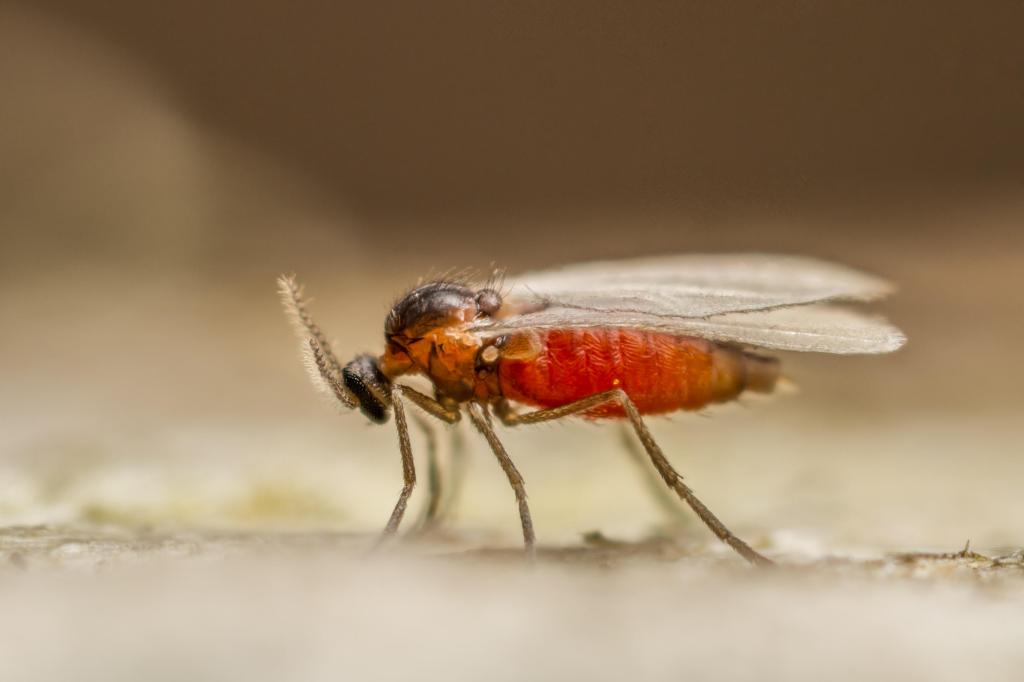
The current prolonged hot, sunny summer makes a welcome change for most of us. Of course, the dry heat does bring challenges for horses, ponies and their owners and one of these is managing sweet-itch. The summer heat has brought out midges in abundance resulting in those horses, ponies and donkeys who are susceptible to sweet-itch, suffering from this uncomfortable and relentless itching disease.
Cause of sweet itch
Sweet-itch, otherwise known as Seasonal Summer Recurrent Dermatitis (SSRD), is caused by a hypersensitivity reaction to the saliva in Culicoides midges. When horses who are susceptible to this hypersensitivity reaction are bitten by these midges, histamine and cytokines are released which causes the horses’ skin to become itchy and inflamed – very similar to when we humans get bitten!

Clinical signs
- Relentless itching – the mane and tail are the most commonly affected sites.
- Broken hairs – typically in the mane and tail.
- Bald patches – mane, tail and occasionally other areas such as ventral midline, ears and face.
- Self-trauma – wounds from relentless rubbing may be evident at sites affected.
- Thickened skin – usually over the mane and tail or at other sites of relentless itching where skin may even become cracked and bleed.
Diagnosis is usually based on the clinical signs and presentation of these clinical signs at particular times of the year when midges are around. Other diagnostic tests that can be carried out include biopsies, taking a blood sample to look for specific allergens and intra-dermal skin testing, although these are rarely required as the cause is frequently obvious.

Treatment and management
Treating sweet-itch is often frustrating for equine owners as the itching can be relentless. With midges abundant through much of the year this disease process can carry on through the spring, summer and autumn months meaning horses may suffer for extended periods. There is really no straightforward or universal cure for this uncomfortable disease but there are measures to take to improve and control your horse’s sweet-itch condition.
Management steps
- Fly rugs and hoods – “Boett rug” is the best as it is specifically designed for horses who suffer from sweet-itch. Importantly the main areas that are affected need to be covered to prevent midge bites. Irritatingly midges can often bite through mesh or netted rugs.
- Stabling at dawn and dusk – the times of day when midges most like to feed.
- Fans and wind – dissuade midges from landing.
- Avoiding rivers, stagnant water and woodland areas – where midges tend to proliferate.
- Topical oil-based liquids – For example benzyl benzoate, citronella oil, tea tree oil and Avon Skin-so-soft. These can be applied to itchy areas of mane and tail. Midges don’t like landing on oily and sticky surfaces, so covering the mane and tail in an oil-based product can help prevent bites. (Caution! Benzyl benzoate must not be applied directly to any bald patches, cracked skin or wounds if present).
- The natural food supplement Cavalesse contains vitamin B3 (nicotimamide) and this has a specific effect on the immune system of the skin. It is best to give this one month before the presence of midges is anticipated, and is added to feed daily. This supplement can provide an excellent result in some cases.
It is best to take preventative measures before a hypersensitivity reaction occurs, as once the itching starts it becomes more difficult and time consuming to manage. Relentless itching leads to self-trauma resulting in wounds and/or thickened cracked oozing skin around the mane and tail head. A vicious cycle then takes place as skin becomes inflamed, hair loss occurs with skin oozing clear fluid or bleeding. This in turn, attracts more flies and midges, exacerbating the condition and leading to nasty, infected wounds.
Treatment of sweet-itch lesions
- Corticosteroids – in severe cases, steroidal treatment may be administered to prevent the relentless itching and allow wounds that have developed from self-trauma, to heal. This can be both topical in the form of creams and, in more severe cases, systemically (in feed or by injection).
- Fly repellent – permethrin-based products which can be obtained from your vet.
- Managing skin lesions – bathing lesions in salt water and applying summer fly cream to wounds.
- Immunotherapy – please speak to your vet for more information.
This summary is intended to dispel some myths and provide straightforward guidance to the management of Sweet itch. Sweet itch can be a tricky condition to manage so if you are at all concerned about your horse, pony or donkey please get in touch with Ballinger Equine where one of our vets will be more than happy to offer advice and assistance.






